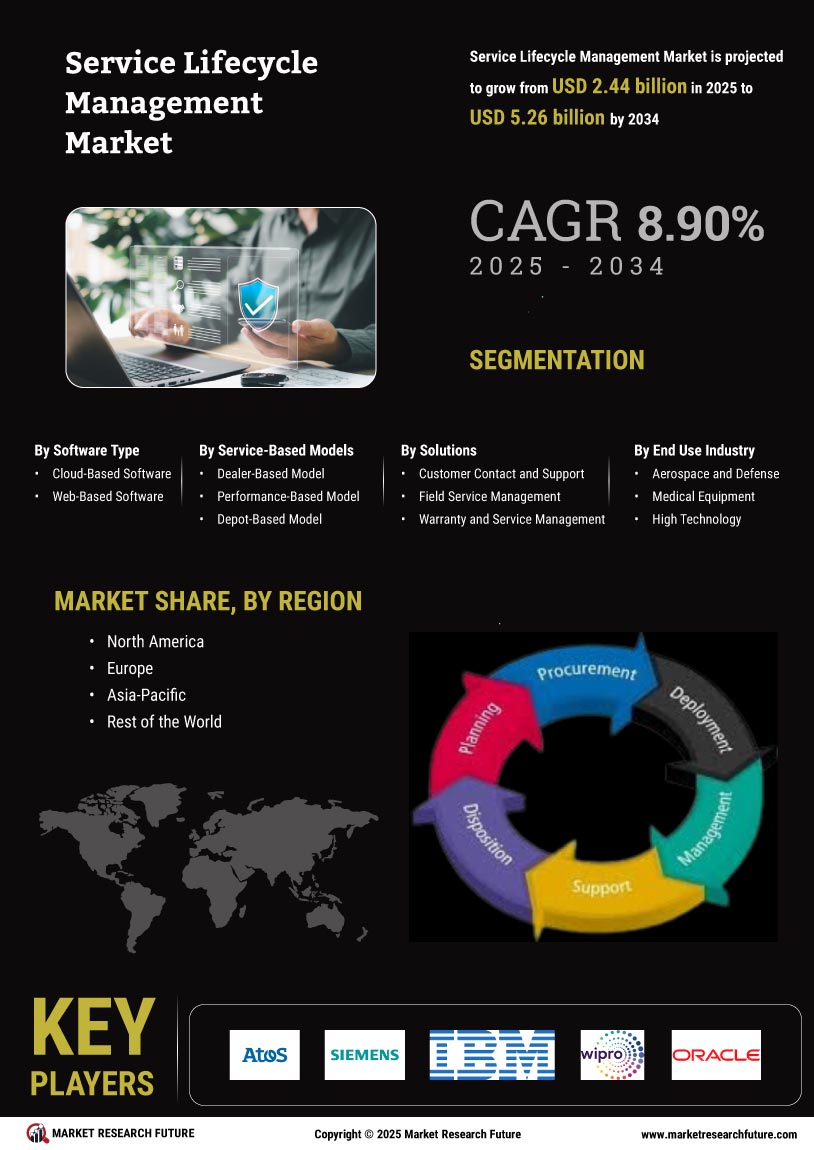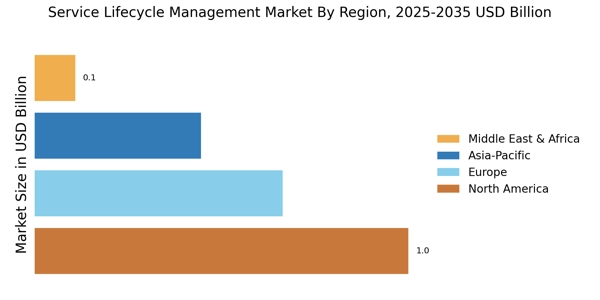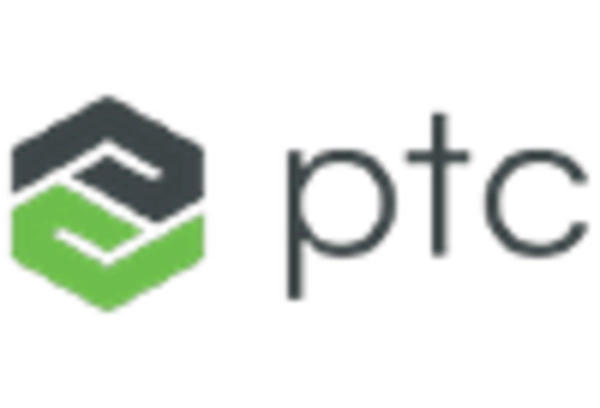Service Lifecycle Management Market Summary
As per MRFR analysis, the Service Lifecycle Management Market Size was estimated at 2.243 USD Billion in 2024. The Service Lifecycle Management industry is projected to grow from 2.443 USD Billion in 2025 to 5.732 USD Billion by 2035, exhibiting a compound annual growth rate (CAGR) of 8.9 during the forecast period 2025 - 2035.
Key Market Trends & Highlights
The Service Lifecycle Management Market is poised for substantial growth driven by technological advancements and evolving customer needs.
- North America remains the largest market for Service Lifecycle Management Market, characterized by robust demand for integrated solutions.
- The Asia-Pacific region is emerging as the fastest-growing market, fueled by increasing digital transformation initiatives.
- Cloud-Based Software dominates the market, while Web-Based Software is rapidly gaining traction due to its flexibility and accessibility.
- Key market drivers include the integration of advanced technologies and a heightened focus on customer-centric approaches, reflecting the industry's shift towards more personalized service delivery.
Market Size & Forecast
| 2024 Market Size | 2.243 (USD Billion) |
| 2035 Market Size | 5.732 (USD Billion) |
| CAGR (2025 - 2035) | 8.9% |
Major Players
SAP (DE), IBM (US), Oracle (US), Siemens (DE), PTC (US), ServiceNow (US), Microsoft (US), Dassault Systemes (FR), Honeywell (US)


















Leave a Comment